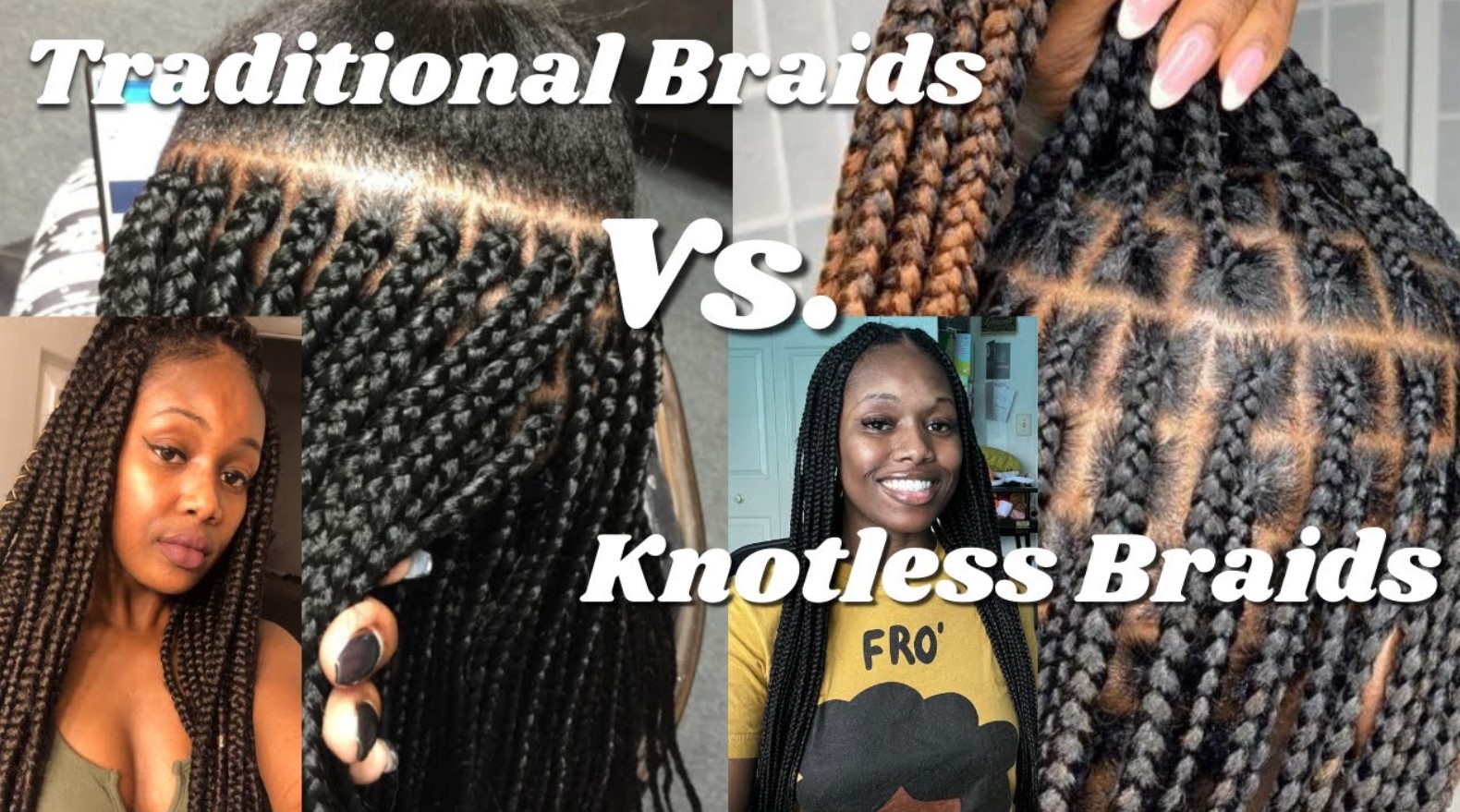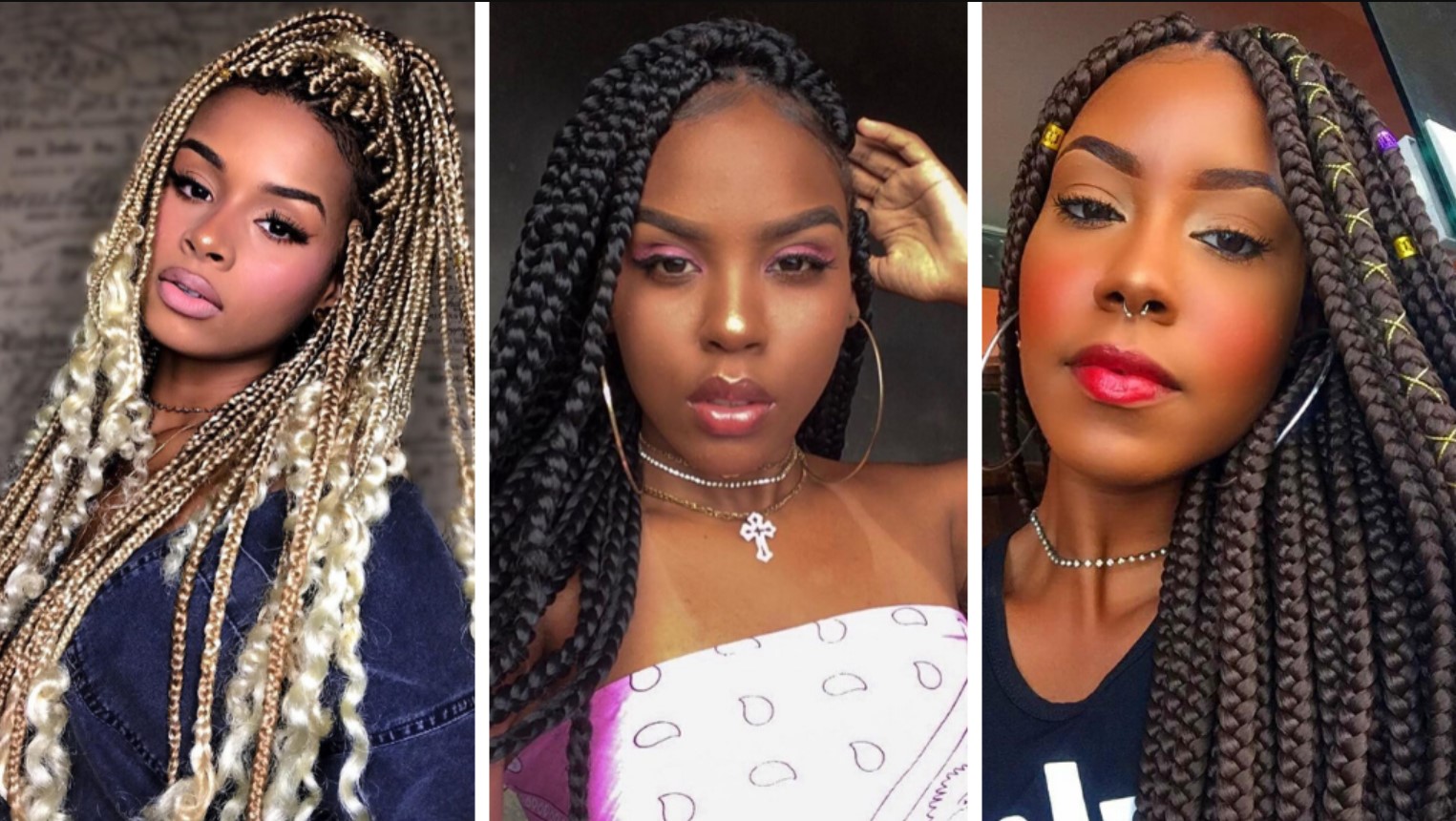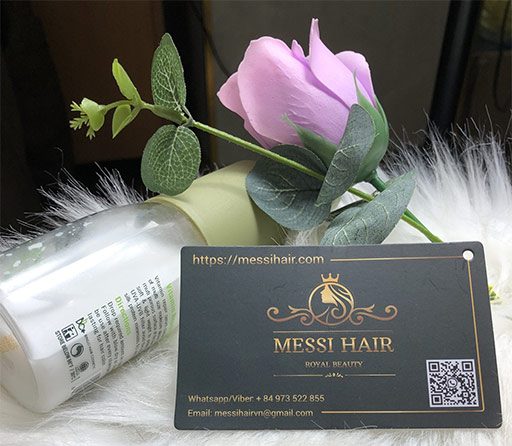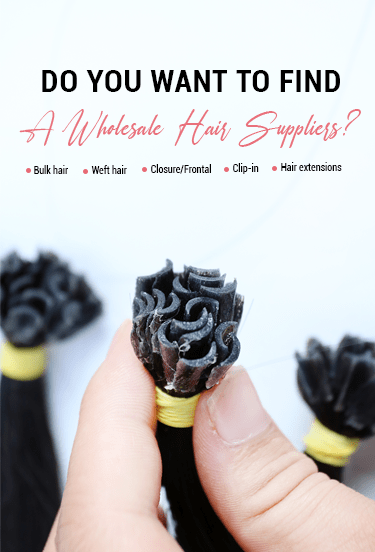Knotted and knotless braids are popular protective hairstyles that offer different benefits and aesthetic results.
Knotted and knotless braids definition and characteristics
Knotted braids, often known as traditional box braids, are a popular protective hairstyle where extension hair is added to the natural hair using a small knot at the base to secure each braid. This method provides a strong, firm hold and results in braids with noticeable volume and lift at the roots. While knotted braids can last a long time and maintain their neat appearance, they can sometimes cause tension and discomfort on the scalp, particularly for those with sensitive skin. The knot can also be slightly visible, giving the braids a more defined start point. Despite these potential drawbacks, knotted braids are valued for their durability and the fuller, more pronounced look they provide.
+ Advantages and disadvantages of Knotted Braids: Knotted braids, also known as traditional box braids, offer the advantage of a secure, firm hold that provides lasting durability and a voluminous look at the roots. This makes them a popular choice for those seeking a neat, structured appearance that can withstand daily wear and styling. However, the knots at the base can cause significant tension and discomfort on the scalp, leading to potential irritation or hair breakage, especially for those with sensitive skin. Additionally, the knots can be visible, giving a less seamless and natural appearance compared to knotless braids. Despite these drawbacks, their longevity and the fuller look they provide make knotted braids a preferred choice.
Knotless braids are a type of protective hairstyle where the braiding process starts with the individual’s natural hair and gradually incorporates extension hair, without creating a knot at the base. This technique, often referred to as the feed-in method, results in a seamless and smooth transition between the natural hair and the extensions. The absence of a knot at the root distinguishes knotless braids from traditional box braids, making them a popular choice for those seeking a more natural look.
One of the primary characteristics of knotless braids is the reduced tension on the scalp. Because the braids start with natural hair and the extensions are added incrementally, there is less pulling and stress at the roots, which can help prevent pain, irritation, and hair breakage. This makes knotless braids an excellent option for individuals with sensitive scalps or fine hair. Additionally, knotless braids tend to be more flexible and lightweight, allowing for easier movement and a more comfortable wear overall.
Knotless braids offer several advantages beyond reduced scalp tension. They provide a more natural appearance since the braids blend seamlessly with the natural hair, and there is no visible knot to create a bulky look at the roots. This natural finish makes them ideal for versatile styling options, including updos and ponytails, without revealing the braiding technique. Despite being more time-consuming and potentially more expensive to install due to the intricate feed-in process, knotless braids are highly valued for their comfort, aesthetic appeal, and the health benefits they offer to the hair and scalp.
+ Advantages and disadvantages of Knotted Braids: Knotless braids offer several advantages, including reduced tension on the scalp due to the absence of knots, resulting in greater comfort and decreased risk of irritation or hair breakage. The seamless transition between the natural hair and the extensions creates a more natural and realistic appearance, making knotless braids a preferred choice for those seeking a subtle, undetectable finish. However, the installation process for knotless braids is typically more time-consuming and may require additional skill and expertise, potentially leading to higher costs compared to traditional knotted braids. Despite these considerations, the enhanced comfort, natural look, and reduced scalp tension make knotless braids a popular and desirable protective hairstyle option.
The difference between knotted and knotless braids
Knotted and knotless braids differ primarily in their installation method and the resulting look and feel. Knotted braids, also known as traditional box braids, start with a knot at the base where the extension hair is added to the natural hair, providing a secure hold and more volume at the roots. However, this knot can cause tension on the scalp, potentially leading to discomfort and hair breakage.
In contrast, knotless braids begin with the natural hair, and extension hair is gradually fed in, creating a smoother, more natural transition without a visible knot. This technique reduces scalp tension, resulting in greater comfort and flexibility, and a more natural appearance.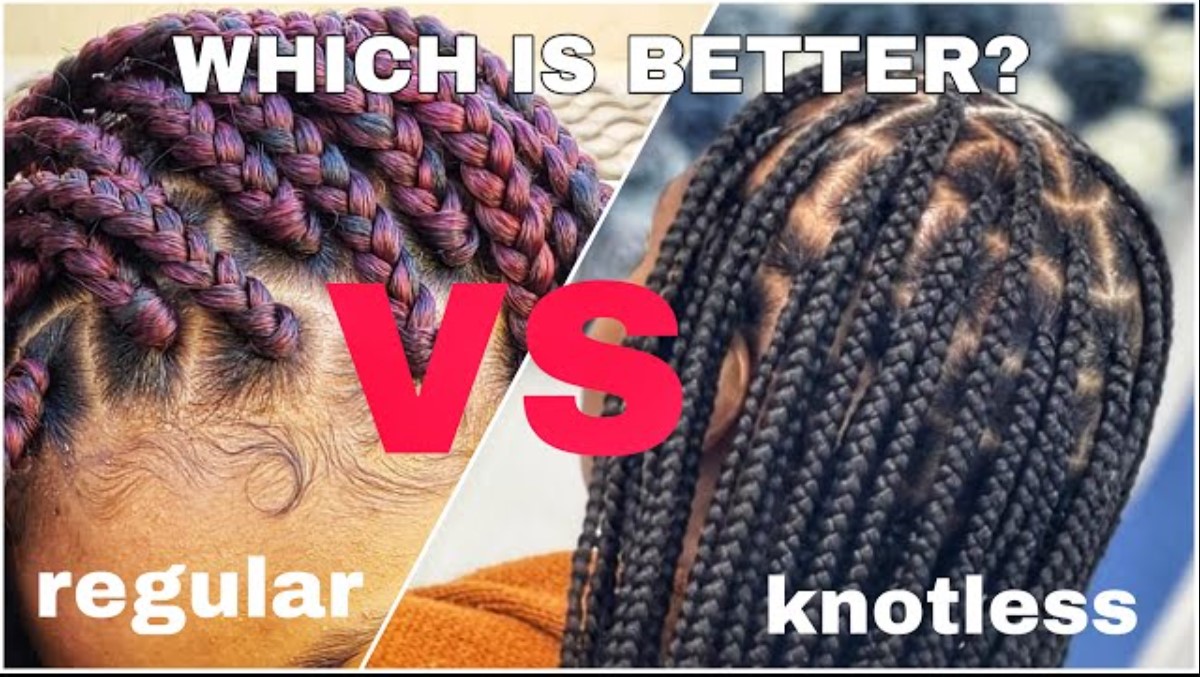
Despite being more time-consuming and often more expensive, knotless braids are favored for their seamless look and reduced risk of scalp irritation.
Choosing between knotted and knotless braids depends on personal preference, hair type, and scalp sensitivity. Knotted braids are ideal for those seeking a more voluminous look with a secure hold, while knotless braids are perfect for those prioritizing scalp comfort, a natural appearance, and flexibility. Proper maintenance and care are essential for both styles to ensure the health of your hair and longevity of the braids.
Click to to our official website to find more information:
Website: https://messihair.com/
Hotline: +84 923 669 968


